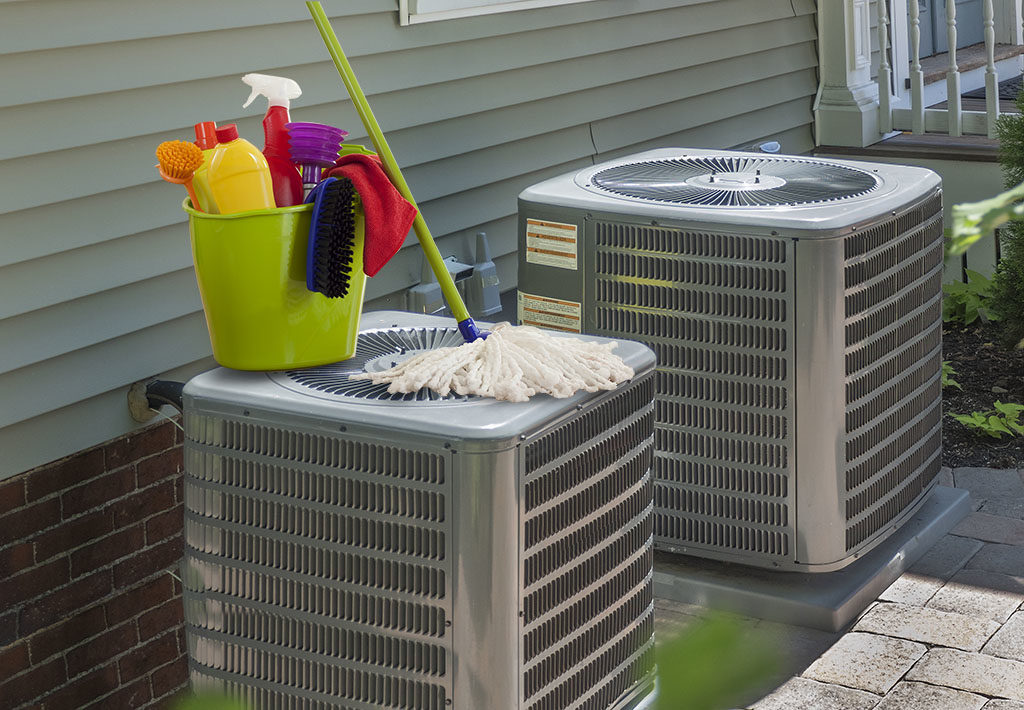When it gets hot outside, turning on the air conditioner is something that most people do without thinking about it. It is certainly a convenient luxury in our day. Knowing how do air conditioners work leads to appreciating these devices even more.

Air conditioners come in all sizes. From small window units in homes to massive multi-story units in commercial buildings, there is a size for every need. Central air conditioners (HVAC) work on the same principles.
Air Conditioners Remove Heat
The basic idea behind an air conditioner is that it removes the heat from a room and transfers it outside. There are four major components in an air conditioner that enable it to work.
The Secret Is in the Coolant
Every air conditioner (AC) uses a chemical that easily changes from a liquid to a gas. It can make this change at rather low temperatures. Whenever it makes the change from a liquid to a gas, it absorbs energy in the form of heat to be able to make the transition. Then, when it transitions back to a liquid, it releases energy in the form of heat.
The Evaporator Coils
Facing the inside of your home is the evaporator coils. This is where the hot air flows over the cold coils, which are low pressure, and turns the liquid into a gas. The fan inside your air conditioner blows the cool air into your home.
The Compressor and Condenser Coils
The compressor unit in an air conditioner compresses the warm gas and pressurizes it, making it hot. This hot gas will then pass through the condenser coils, where it quickly cools. In an HVAC unit, the compressor and coils are located outside. As the gas cools, it releases the heat, and another fan blows the hot air outside. As the heat is released, the gas once again turns back into a liquid.
Because the unit is a closed system, it simply keeps recirculating the gas and liquid, which changes from one state to the other over and over again. A thermostat allows the temperature to be set so that it can be regulated.
The Expansion Valve
In order to keep one side at a higher pressure than the other, an expansion valve is added to the system. This device simply regulates how much coolant flows into the evaporator.
Humidity Is Also Removed
Another excellent feature of an air conditioner is that it removes unwanted humidity. If you look at the cool side of the unit while it is working, you will notice moisture on the coils. This is the humidity in the room condensing on the outside of the coils, which then drops to the bottom of the unit. A drain allows the moisture to pour out toward the outside.
Keeping your home’s HVAC unit in good shape is important so that it will work efficiently when needed. Air conditioning experts can keep your home’s unit in peak working order. When it is operating correctly, you will be able to save more money. Call or Text us today for more details (941) 203-7955 and don’t forget to check out our specials, financing, and rent-to-own air conditioning options.